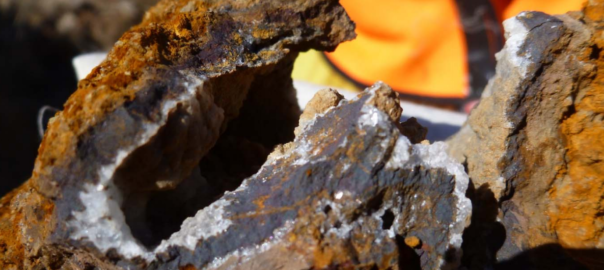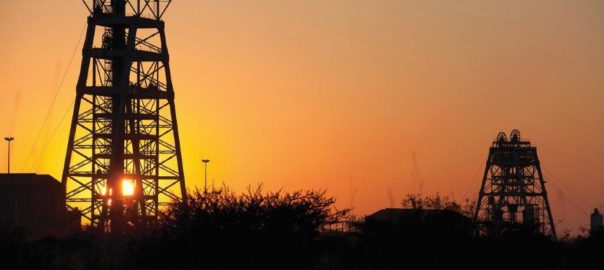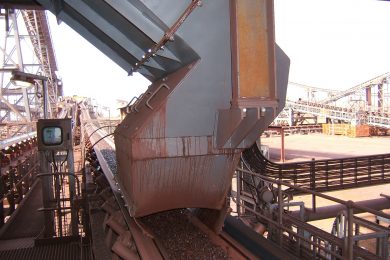CIMIC says it is expecting to top its net profit after tax 2018 result this year, supported by, among other things, continued strong performance out of the mining sector.
The engineering company, which has a number of mining-related subsidiaries, recorded net profit after tax of A$781 million ($557 million) in 2018, alongside revenue of A$14.7 billion. The former was up 11% year-on-year and at the top end of guidance of A$720-$780 million, while the latter rose 9% year-on-year. CIMIC said all its operating companies recorded growth during 2018.
And, the good news for CIMIC shareholders is that the company estimates its net profit after tax will increase in 2019, with guidance pitched at A$790-$840 million, subject to market conditions.
CIMIC Group Executive Chairman, Marcelino Fernández Verdes, said: “In 2018, we focused on enhancing the capability of our operating companies to provide integrated solutions, ensuring we deliver enduring value for our clients across the lifecycle of their assets, infrastructure and resources projects.
“This collaborative approach has driven an excellent result for our shareholders, is providing exciting opportunities for our people, and will power the next phase of our transformation through digitalisation and innovation.”
In mining, specifically, the company referenced some notable achievements in its results release. This included significant mining services contracts at the Mt Arthur coal operation in the Hunter Valley, Australia, and at the Encuentro Oxides mine in Chile for Thiess; maintenance and shutdown support services by UGL across BHP Billiton Mitsubishi Alliance coal mines in Queensland’s Bowen Basin; and engineering, procurement and construction of the Pumpkin Hollow copper concentrator in Nevada, US, by Sedgman.
The company also secured a A$150 million contract extension at BHP’s Caval Ridge coal mine (pictured) in Queensland.
CIMIC said: “Looking forward, at least A$130 billion of tenders relevant to CIMIC Group are expected to be bid and/or awarded in 2019, and around A$300 billion of projects are coming to the market in 2020 and beyond, including about $120 billion worth of public-private partnership (PPP) projects.”
Fernández Verdes added: “Our pipeline of work has further increased and we have a positive outlook for 2019 and beyond. This is led by the strong performance of the mining sector, an increasing level of infrastructure opportunities in Australia, and the trends towards more outsourcing of services and for greater investment in PPPs.”











